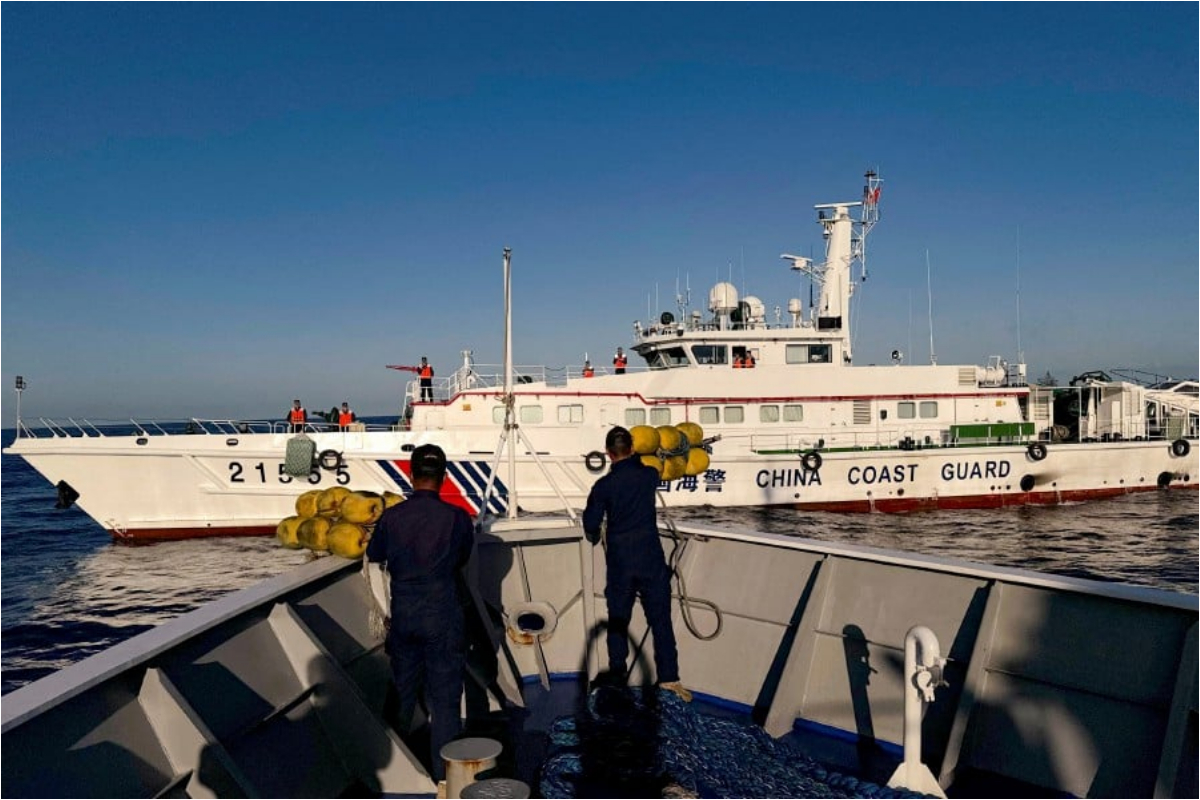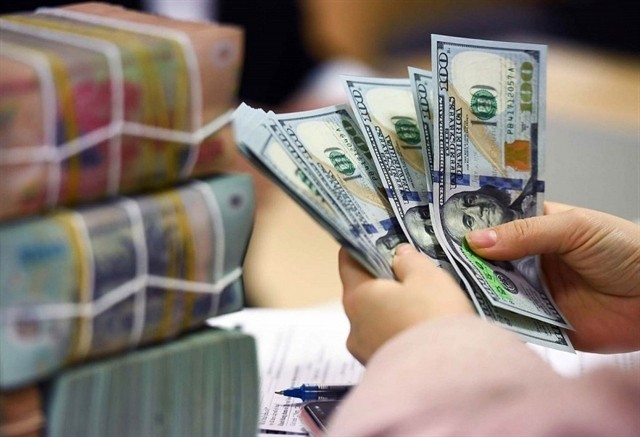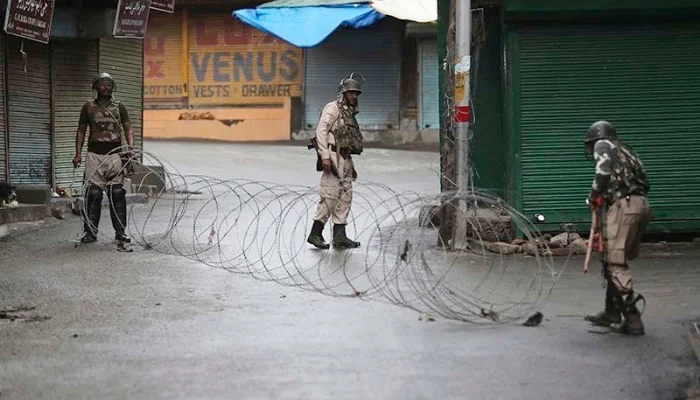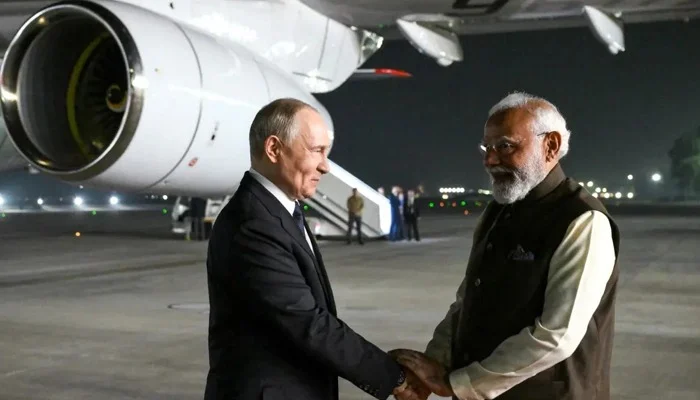- The escalating actions over islands in the East China Sea claimed by Japan.
- The latest flashpoint is Sabina Shoal, located 140 kilometers west of the Philippine island of Palawan.
- China claims Taiwan as part of its territory and has not ruled out the use of force to achieve unification.
Analysts say China’s campaign of confrontation, spanning from remote reefs in Southeast Asia to Taiwan and distant Japanese islands, aims to wear down regional rivals competing for contested territories. In recent years, Beijing has asserted its claims more boldly in these long-running disputes as its military strength has grown.
The escalating actions—over islands in the East China Sea claimed by Japan, the self-ruled territory of Taiwan, and the South China Sea—have also coincided with Beijing’s rivals drawing closer to the United States.
“(China) believes its strong-arm tactics are paying dividends,” Duan Dang, a Vietnam-based maritime security analyst, told AFP.
In recent months, China has deployed military and coast guard vessels to eject the Philippines from a trio of strategically important reefs and islands in the South China Sea.
“The number of fronts where an accident could spiral suddenly is very real,” Dylan Loh, an assistant professor at Singapore’s Nanyang Technological University, told AFP.
The latest flashpoint is Sabina Shoal, located just 140 kilometers (86 miles) west of the Philippine island of Palawan and approximately 1,200 kilometers from China’s nearest major landmass, the island of Hainan. On Monday, Beijing announced that it had taken “control measures” against two Philippine Coast Guard ships that had “illegally” entered the waters near Sabina Shoal.
Manila countered that Chinese vessels had blocked Philippine ships from resupplying their own coast guard vessels in the area, branding Beijing as the “biggest disruptor” to regional peace. For years, China has sought to expand its power in the South China Sea, dismissing an international ruling that rejects its claim to most of the waterway as baseless.
China has built artificial islands equipped with missile systems and runways for fighter jets and deployed vessels that the Philippines claims harass its ships and block its fishermen. In 2012, Beijing seized control of Scarborough Shoal, another contested area near the Philippines. In June, Chinese coast guard personnel armed with weapons boarded Philippine vessels near the disputed Second Thomas Shoal, leading to a confrontation in which Manila reported that one of its sailors lost a thumb.
Recent incidents have coincided with the Philippines strengthening ties with its traditional ally, the United States, with which it has a mutual defense treaty. Duan stated that while the pact might “deter outright war,” Beijing still saw an opportunity to pressure Manila while Washington was preoccupied with the ongoing Middle East conflict and uncertainties surrounding its own presidential election in November. On Thursday, the Philippines indicated the possibility of requesting US escorts for its resupply missions.
Chong Ja Ian, an associate professor of political science at the National University of Singapore (NUS), told the news that China was attempting to “wear down” Filipino resolve.
Beijing is posing a “direct challenge to the Philippines’ ability to administer and make use of its exclusive economic zone,” he said.
They are “trying to push the envelope (but stay) below the threshold of aggression,” he explained.
“They don’t want to lose control of the escalation.”
China’s recent assertiveness extends well beyond the South China Sea. Around Taiwan, it has deployed growing numbers of fighter jets, drones, and naval vessels as part of a strategy aimed at keeping the democratic island constantly vigilant against a potential invasion.
Beijing claims Taiwan as part of its territory and has not ruled out the use of force to achieve unification. In recent years, China has also increased pressure over a disputed island group controlled by Japan in the East China Sea. In June, Tokyo protested after four Chinese vessels, believed to be armed, approached the islands known as the Diaoyu in China and the Senkaku in Japan.
This week, Japan reported that a Chinese military plane entered its airspace for the first time, calling it a “serious violation” of its sovereignty. Beijing has not acknowledged the incursion near the uninhabited Danjo Islands—undisputedly Japanese territory—but has claimed the breach was unintentional.
However, analysts suggested that the incursion might have been a deliberate attempt to probe Japan’s air defense network and gather electronic intelligence.
“People sometimes look at the South China Sea and the Taiwan Strait and the East China Sea… as isolated,” said Chong, of NUS.
“They are not. These are all areas where (China) hopes to be able to establish more control,” he said.
“They’re trying to see how far they can push.”
[embedpost slug=”chinas-wang-cautions-us-official-on-support-for-philippines-amid-sea-dispute/”]





















